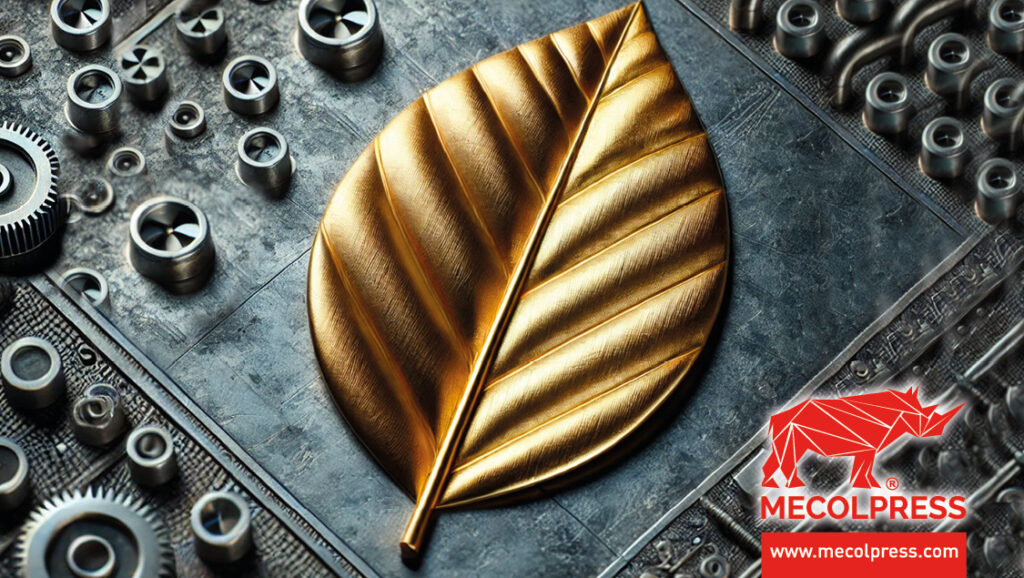
BEST PERFORMANCE IN GREEN BRASS FORGING: DISCOVER THE INNOVATIVE MECOLPRESS SOLUTION
In recent years, all production sectors have been looking for sustainable and innovative solutions, seeking alternatives with low environmental impact, based on recycling, where possible, with particular attention to the health of all of us.
The international environmental policies are trying to reduce, as much as possible, the presence of potentially toxic materials in products that are on sale and in use.
The aim is to enable a circular economy that allows the recycling of components that have reached the end of their life, preventing them from representing a threat to the environment and health. The regulations launched in the United States and Europe (RoHS, ELV, CSPIA, DWD, ..) have been adopted by most of the world’s states or at least indicated as guidelines to follow.
A relevant part of the forged brass pieces is in contact with water, even drinking water, the presence of lead increases the risk of contamination, the use of lead-free brass alloys therefore limits the health risks.
In the production of brass, the material under investigation is precisely Lead, which has always been used as an alloy element to:
- improve workability on tool machines;
- improve the quality of cast products (low porosity);
- decrease contact friction.
The percentage of lead used in brass alloys goes from 1.5 to 3.5% and is incompatible with the target of limiting its presence to 0.1% for each homogeneous material.
Using lead-free brass alloys
The companies that are involved in hot forging of brass are therefore faced with the challenging choice of using lead-free alloys, but there is no shortage of doubts:
- What consequences could, this change in chemical composition, have on the production process?
- Can the current forging capabilities still be considered valid?
- What updating\improving should be planned in the forging department?
Over the past few years, we have worked to find the answers, and based on our experience we can therefore provide some practical adviceto successfully produce lead-free brass forged parts!
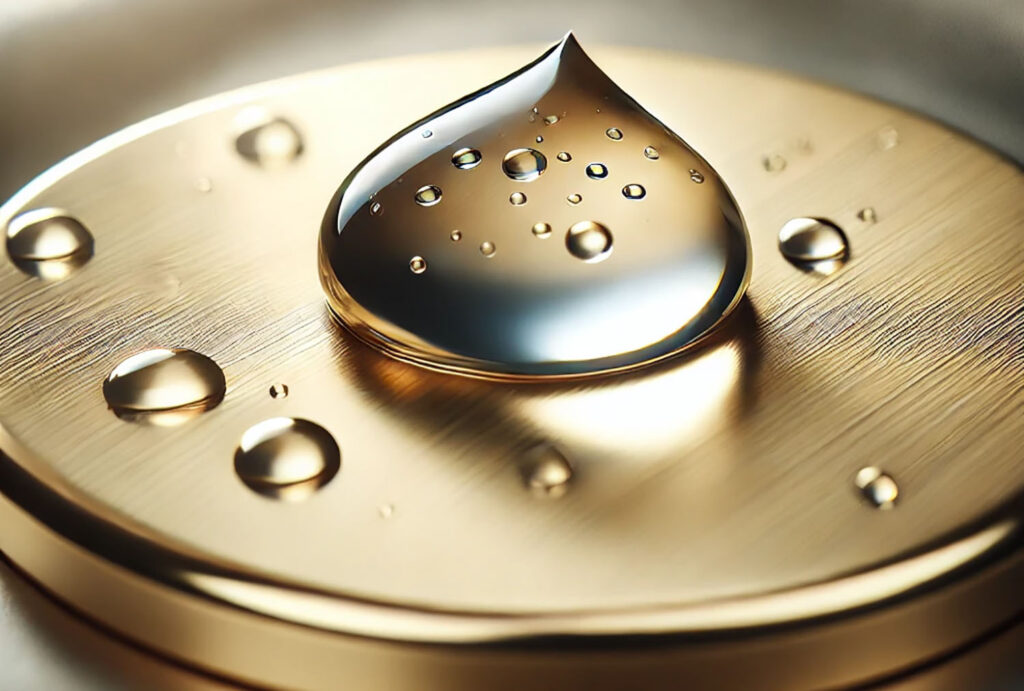
Sustainable forging, how to do it?
· Bar cutting
Cutting bars using rotating disc blades is recommended to ensure correct weight accuracy.
Tool steel/high speed steel (HSS) discs are no longer sufficient to guarantee an acceptable service life. It is necessary to switch to discs with tungsten carbide base material inserts (TCT).
Below we propose a balance of the pros/cons for each of your technologies, usually when the production of lead-free brass is around 70-80% total, TCT blades are economically advantageous.
| HSS BLADE | TCT BLADE |
| Low unit cost | High unit cost |
| Extremely short service life | High service life |
| Re-sharpenable | Not re-sharpenable |
| Reduced blade thickness | Reduced blade thickness |
Oil lubrication of the blade is necessary to reduce frictional heat.
The cutting precision must be extreme to avoid problems during the forging process, especially if it is without burr\flash. The cutting machine and the blade guidance system must have an extremely rigid body. The maximum error allowed is 0.1mm.
It is also suggested an optimization of the cutting process to minimize/eliminate material waste, given the ever-increasing costs.
Modern cutting technologies allow:
- 5mm head cuts;
- cutting of the same bar with different lengths to eliminate tail waste;
- differentiated unloading for the different cuts: head, length A and length B.
· Characteristics of lead-free brass
Lead-free brass has physical and mechanical characteristics that are very different from traditional brass.
| Standard Brass with Lead | Lead Free Brass | |
| Specific Gravity [g/cm3] | 8,5 | 8,3 |
| Thermal Conductivity [W/m] | 114 | 35 |
| Electrical Conductivity [%IACS] | 26 | 8 |
| Coefficient of Thermal Expansion [X10-6/℃] | 21 | 20 |
| Liquidus Temperature [℃ ] | 900 | 890 |
| Solidus Temperature [℃] | 885 | 855 |
| Tensile Strength [Mpa] | 435 | 650 |
| 0.2%Yield Strength [Mpa] | 295 | 450 |
| Elongation [%] | 25 | 20 |
| Hardness [HV] | 140 | 200 |
Lead-free brasses are tougher, more resistant and more refractory to heat transmission.
This trend is also confirmed when the heating temperature increases.
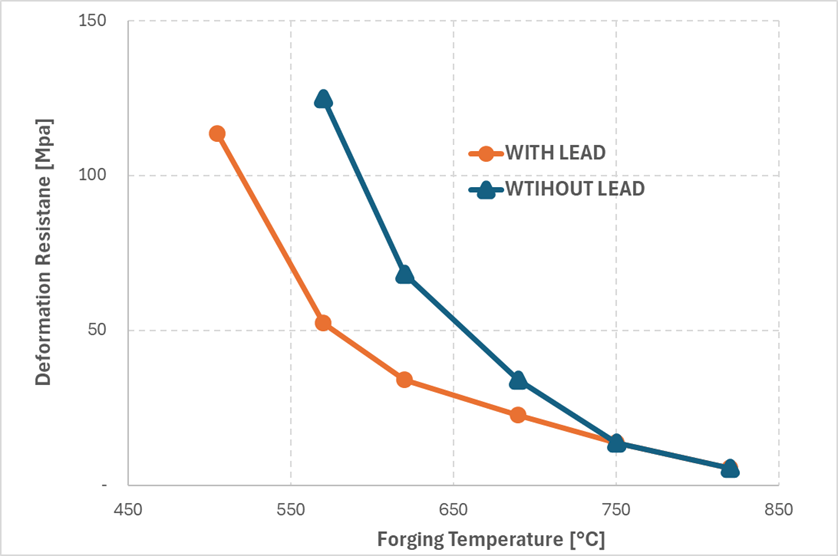
At the same heating temperature:
- Lead-free brass has a higher resistance to deformation value;
- Lead-free brass has a higher sensitivity to change in resistance to deformation in case of temperature variation.
Maintaining a heating temperature with the lowest possible variance (+- 5°C) is the key to have a reliable hot forging process.
The mechanical presses of a few decades ago were not designed with safety criteria that are suitable for these materials: simply because these materials did not exist at the time!
· Mechanical presses suitable for stamping lead-free brass
It is therefore essential to choose a press suitable for forging the new types of lead-free brass alloys.
Mecolpress SEO\HEAVY mechanical presses guarantee:
- Greater rigidity and safety margin of the structures (+50%) with capacity up to 700t.
- Greater safety margin of the transmission systems (up to +50% with epicyclic system).
- Hydraulic reaction cushions with increased capacity (+20%).
- Hydraulic cushions with SOFT IMPACT or OVERBOOST system to mitigate the impact force or increase the closing forces (+100%), with capacity up to 120ton.
- Air\oil lubrication system up to 30 points to lubricate and cool the critical points of the die (integrated\external).
- Water cooling of the most critical components.
- Hydraulic unlocking in the slide in case of overload to preserve the mechanical components.
- CALIPSO control system that memorizes the fundamental parameters for each die cycle to have full control of the process.
The ME hydraulic presses by Mecolpress guarantee:
- Net die closing force up to 350 tons.
- Thrust force of the lateral and vertical punches up to 240 tons.
- Maximization of flash-free die.
- Punch kinematics system that maximizes force in the final phases of the stroke.
- Air/oil lubrication system up to 30 points to lubricate and cool the critical points of the die (integrated/external).
- Water cooling of the most critical components.
- CALIPSO control system that memorizes the fundamental parameters for each die cycle to have full control of the process.
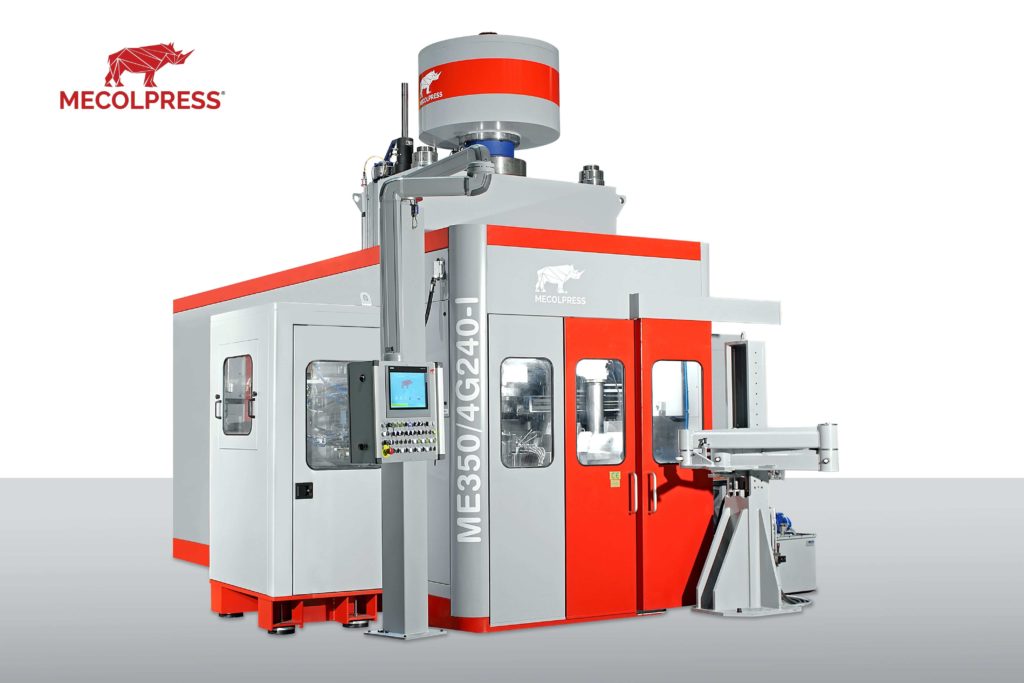
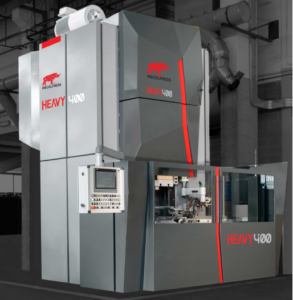
Don’t be caught unprepared, current regulations have started to reduce the use of lead and future ones will be even more restrictive, Mecolpress’s hot brass forging technology is ready to go!
